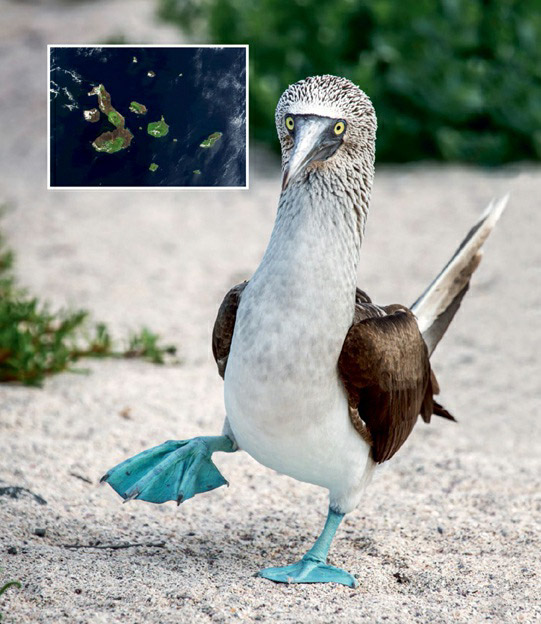The Galápagos Islands are a prime example of seismic and volcanic activity occurring within the interiors of tectonic plates, far from conventional plate boundaries. These islands have emerged due to a large magma plume, or hotspot, similar to the one under Hawaii. For the past 5 million years, the Galápagos hotspot has been actively creating volcanic lavas and new islands just west of Ecuador along the equator.
A distinct feature of the Galápagos hotspot is its proximity to the divergent boundaries of the Cocos, Nazca, and Pacific plates off the South American continental plate. This setting, near mid-ocean ridge-spreading centers, features relatively new and thin oceanic crust. The mantle hotspot has utilized this thinness to release volcanic lava to the surface, forming a broad plateau on the seafloor and about 20 islands, some rising over 5,000 feet (1,500 meters) above sea level. Volcanic eruptions continue to shape these islands to this day.
The Galápagos Islands’ unique location and isolation have led to the development of a distinct ecological niche. Various species, particularly birds and reptiles, have evolved from their mainland ancestors, adapting to the specific climate and food sources of the islands. This process of adaptation and evolution was famously observed by Charles Darwin during his visit to the islands. His studies of finches and other native species significantly contributed to the formulation of his theory of evolution by natural selection. The Galápagos Islands remain a natural laboratory for studying biodiversity, evolution, and geological processes.

